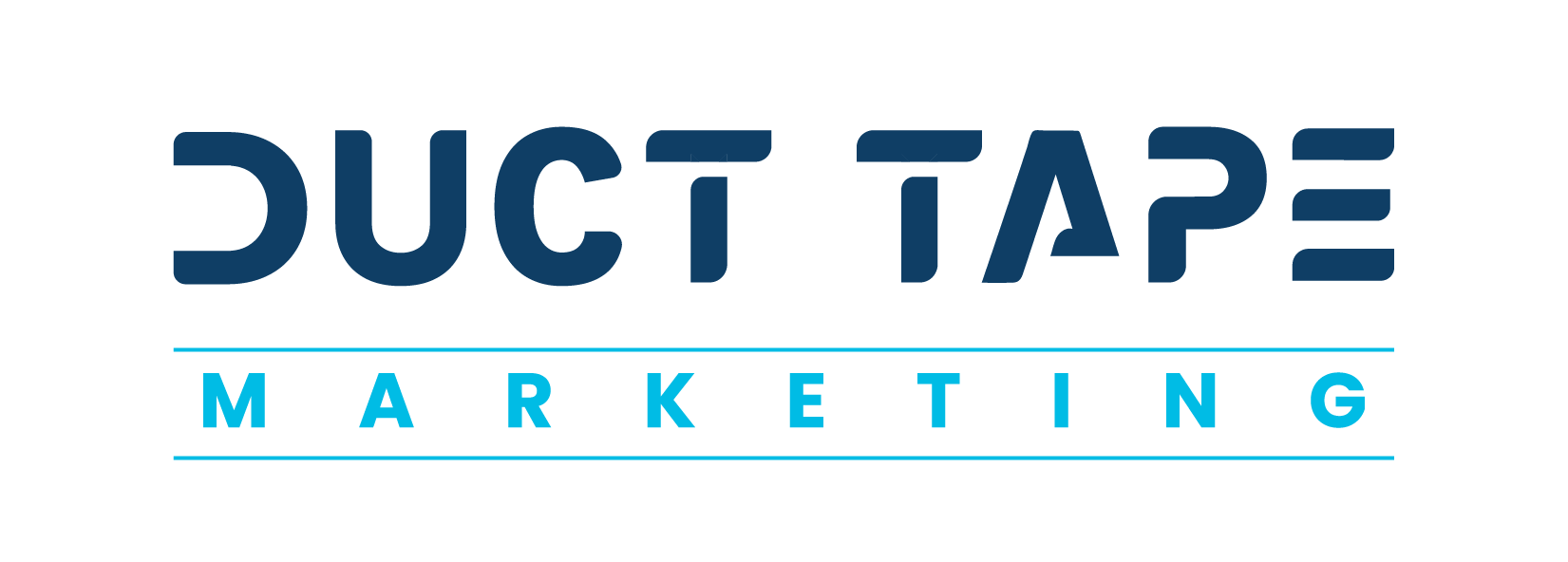Paid search has been an important channel in a comprehensive marketing strategy for years now. But we’ve also seen some major shifts in the way that PPC works, and as with most technological things, the pace of change isn’t slowing anytime soon.
That’s why it’s important for marketers and business owners to be forward-thinking. Noting the current trends and predicting how they’ll shape the future is the best way to stay a few steps ahead of your competition. Here, I’ll share some of my thoughts about what to expect from the future of paid search.
Automation Will Rule
Automation has become an increasingly critical part of paid search. We’ve seen Google Ads offer marketers the ability to create multiple headlines and descriptions for ads as a part of its responsive search ads program. Over time, Google pairs different headlines and descriptions together to find the combination that gets the best results.
Additionally, marketers can use automation on their own side to take the manual work out of handling bidding and budgeting for ad campaigns. This used to be a tedious part of the job, and with automation, you’re now freed up to spend more time on creating effective ads rather than fiddling with numbers.
I anticipate that the role of automation in PPC will only increase as technology becomes more advanced. This will help marketers to focus more on the strategic elements that go into creating a great ad campaign, and will help businesses maximize their ROI by automatically optimizing their advertising approach.
Amazon Will Move into the Space
Google has long been the gold standard for search engines, and so it’s long been the place where advertisers first turn to with their PPC spend. However, recent studies have shown that more consumers are starting their searches on Amazon now, rather than Google. And with this shift in consumer behavior, we’re also seeing a shift in marketers’ focus.
More marketers are beginning to purchase ad space on Amazon. The audience there is broadening, and it’s currently cheaper to market on Amazon than it is to advertise on Google. Now is the time for you to consider making the shift for your own business. Particularly if you offer goods or products that consumers might be searching for on Amazon, there’s the potential for you to get a lot more value from your ad spend on the e-commerce site.
Video Will Continue to Gain Ground
Text ads have long been the focus of paid search advertising. However, video has been gaining ground across all marketing efforts, and paid search is no exception.
More and more consumers are indicating that video is their preferred medium for learning more about a company. Why not give the people what they want? Plus, video is a great way to stand out in a sea of text. A colorful video with appealing music and engaging voiceover will catch the eye of searchers. And as we continue to see more marketers turn to video to tell their stories, if you don’t embrace the medium, you’ll get left behind.
New Ad Types Will Enter the Scene
Each year, we see Google expand and change their ad offerings. It seems like not so long ago that Google ads were simply the blue links that appeared at the top of search results. Now we’re seeing ads that incorporate images and video, plus ad types that are specific to certain industries, like Google Local Services Ads.
Plus, rumors that Google is thinking about charging for enhanced features on their Google My Business platform indicate that expanded offerings may be coming by way of that particular platform, which will be tailored to local business owners.
While it’s impossible to know exactly how and where Google will expand their efforts, it’s always worthwhile to keep an eye out for news about changes to their advertising offerings. When you’re able to stay on top of changes, you can get ahead of trends and get in on the ground floor of new paid search tactics while the investment is still low.
Marketers Will Think in Audiences, Not Keywords
The final major shift that I see in how paid search will operate moving forward is in the central focus in creating campaigns. Up to this point, it’s been all about finding the appropriate keywords for your ad campaign.
Audience data and segmentation tools have been continually evolving over the years. And search engines are making it easier than ever for marketers to target their ad spend at people with the right behaviors and attributes. Why do keyword research, hope you’re picking the term that will resonate with your desired audience, and then measure and refine your approach, when you can instead target ads at the audience that you know is most likely to find it relevant?
While it’s impossible to predict exactly what the future holds for paid search, by looking at recent trends, savvy marketers are able to infer what changes are coming and how best to capitalize on them for their business. Things like automation, Amazon, and audience segmentation aren’t going anywhere, so it’s best to figure out how to make these trends work for you so that you can outpace your competition.
If you liked this post, check out our Small Business Guide to Paid Search.



